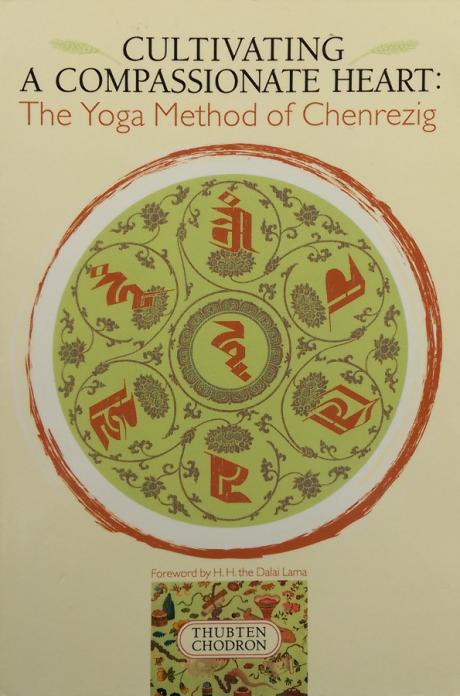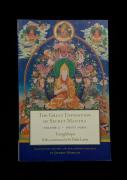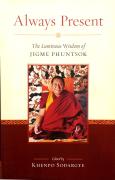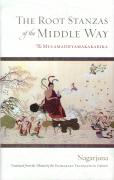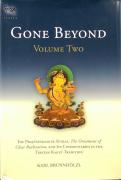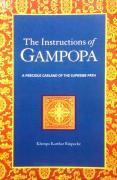Chenrezig (Avalokiteshvara / Kuan Yin) is not only Tibet's patron deity, he also is the embodiment of the compassion of all the Buddhas and as such is deemed the best possible contemplative gateway to the cultivation of compassion. In this book, which has received high praise from monastics and lay Buddhist scholars alike, the American-born nun Ven. Thubten Chodron lucidly and engagingly elucidates the Tibetan Buddhist yoga of Chenrezig. Her explanations are based not only on scriptural but also oral teachings, which makes them eminently authoritative and practical. Essentially, Cultivating a Compassionate Heart is a knowledgeable, highly practical, and fairly extensive commentary on the Chenrezig sadhana. The book starts with the Thousand-Armed Chenrezig visualization and the preliminary prayers found in most sadhanas and the long mantra of Chenrezig. Only then does the author proceed to explaining the various concepts that make up the theoretical underpinnings of this extraordinary practice. Chenrezig (Avalokiteshvara / Kuan Yin) is not only Tibet’s patron deity, he also is the embodiment of the compassion of all the Buddhas and as such is deemed the best possible contemplative gateway to the cultivation of compassion. In this book, which has received high praise from monastics and lay Buddhist scholars alike, the American-born nun Ven. Thubten Chodron lucidly and engagingly elucidates the Tibetan Buddhist yoga of Chenrezig. Her explanations are based not only on scriptural but also oral teachings, which makes them eminently authoritative and practical. Essentially, Cultivating a Compassionate Heart is a knowledgeable, highly practical, and fairly extensive commentary on the Chenrezig sadhana. The book starts with the Thousand-Armed Chenrezig visualization and the preliminary prayers found in most sadhanas and the long mantra of Chenrezig. Only then does the author proceed to explaining the various concepts that make up the theoretical underpinnings of this extraordinary practice.

